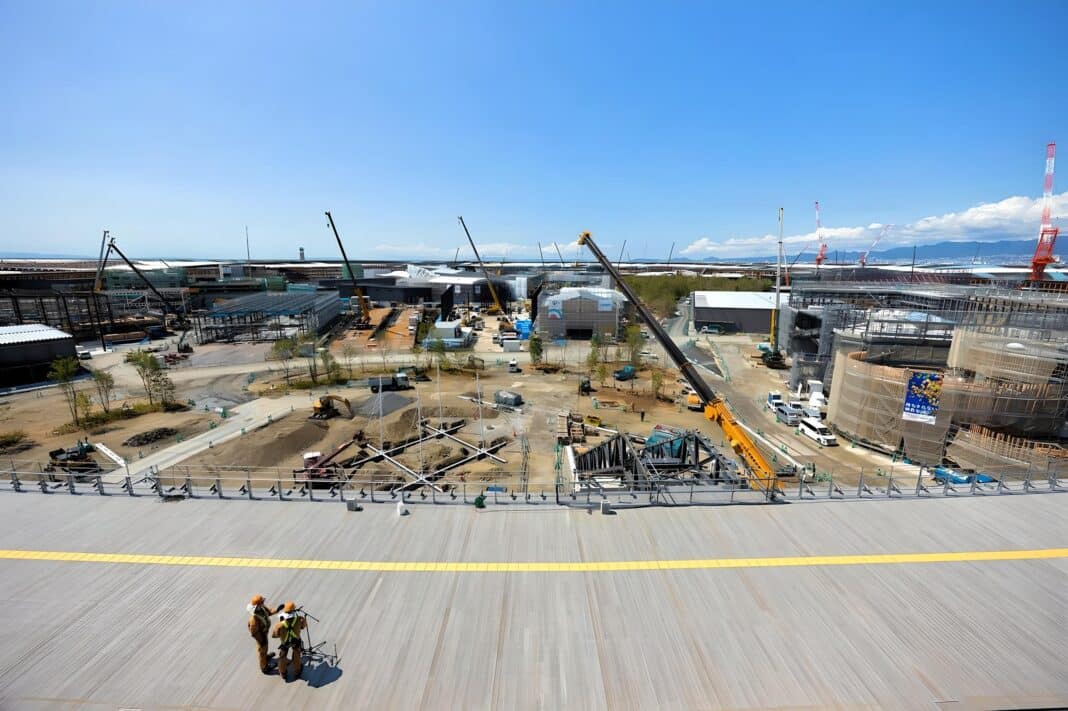Less than six months before the start of the 2025 World Expo, there are mounting concerns that the construction of the 157 pavilions and exhibits, including the 12-metre-high “Ring Skywalk” and “Ring Ground Walk,” which encircle the 2km Grand Ring Roof now “clicked into place,” will not be built in time for the opening.
As reported in local media, many of the timber-based pavilions and exhibits are months behind schedule – adding to the worry faced by organisers already struggling to sell tickets for the showpiece.
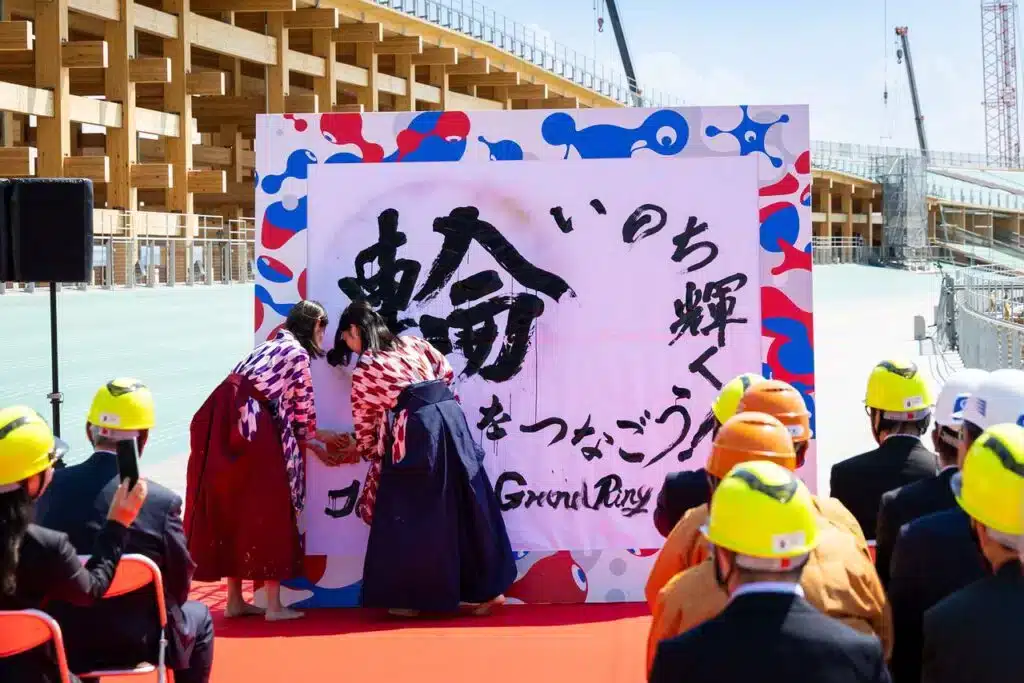
It comes as world media and city officials gathered in Osaka last month to gaze in awe at the 60,000-square-metre all-wood Grand Ring Roof at the man-made ‘dream island’—the centrepiece of World Expo 2025. The Grand Ring Roof is one of the world’s largest wooden structures, with a height of 20 metres and an 8-metre walkway, giving visitors a unique vantage point.
But the smiles of the city elders hid fears that the Expo might just be that … a dream.
Questions have already been raised about how the building will be used after the Expo, which is slated to run from April 13 to October 13 next year. The ring’s cost—which has ballooned past US $230 million—is considered unacceptably high.
Last month, a plan to operate flying taxis, once billed as one of the Expo’s highlights, was scrapped after all four operators gave up on carrying passengers in their aircraft amid safety challenges adding to worries about ticket sales.
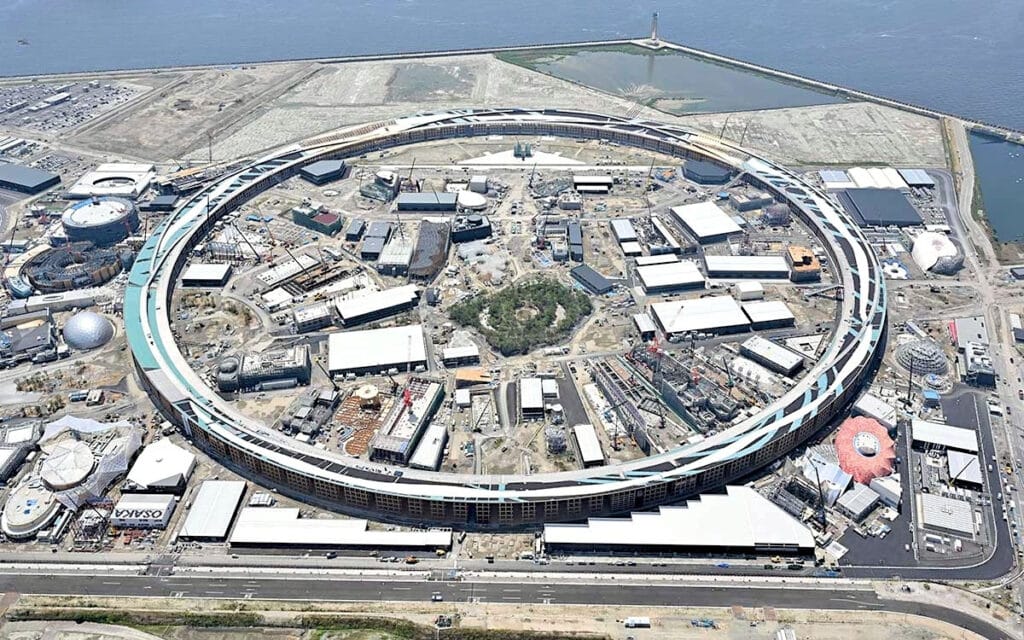
So far, 7 million tickets have been sold—as of October 6—half the 14 million advance tickets aimed for. Officials told local media that they remain concerned over the rate of sales.
“We hope to earn a profit that can be used for a future expo,” said Masakazu Tokura, the head of the Japan Association for the 2025 World Exposition and chair of the Japan Business Federation – the country’s largest business lobby.
The clock is ticking as construction delays beset the massive project.
These delays reflect structural problems, such as growing labour shortages and overtime restrictions, that will plague the world’s fourth-biggest economy for years to come. Although organisers say the event will take place as planned, looming over this are political and business infighting, ballooning costs—more than US $1.5 billion and counting—and a questioning of its purpose in the modern era that has left citizens scratching their heads.
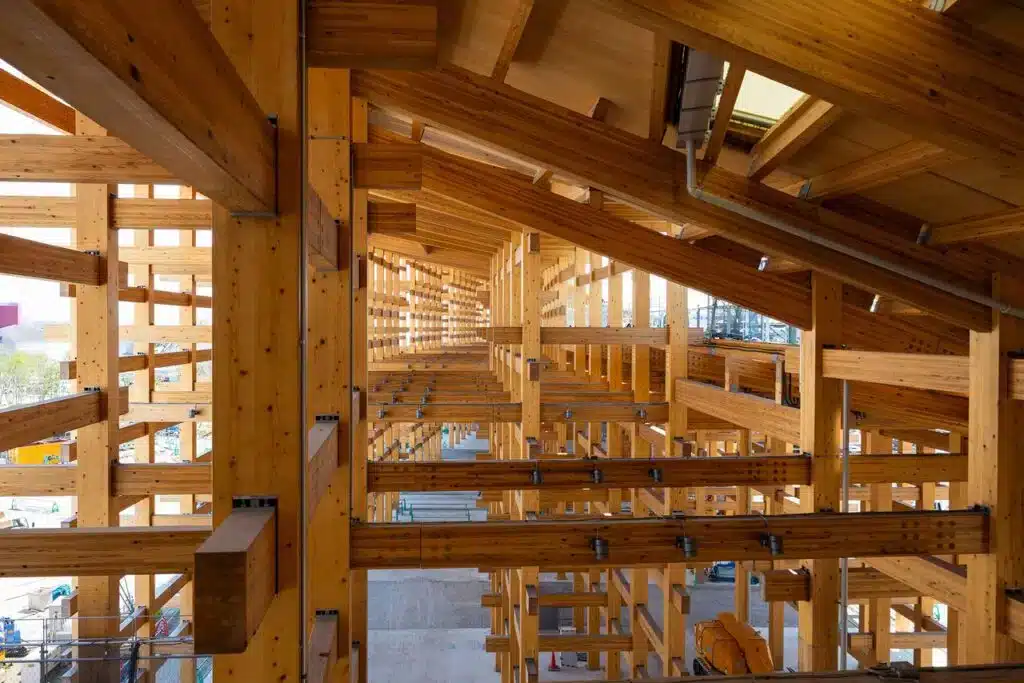
Japan’s construction sector has become chronically short of labour, with many contractors and workers employed elsewhere on large-scale industrial projects such as building Taiwanese chip giant TSMC’s mammoth new plant in Kumamoto, southern Japan.
Late last year, the Japan Expo Association said the total construction cost of the venue would be more than US $1.6 billion, nearly double the estimate when Osaka’s bid to host the event in 2018 beat those from rivals Yekaterinburg in Russia and Baku in Azerbaijan.

After the Expo, the Grand Roof building is slated to become a resort island hosting Japan’s first casino. This project was initially set to follow the Expo seamlessly but is now expected to be delayed until 2030. The national government, Osaka prefecture, and the city and business communities share the costs of the Expo. According to Osaka estimates, city residents will bear the heaviest tax burden—US $125 per person.
Why the 2km all-timber roof is an architectural icon
The grand roof is supported by the traditional ‘nuki’ technique of joining horizontal beams and vertical pillars, used for the famed wooden stage at Kiyomizudera temple in Kyoto.
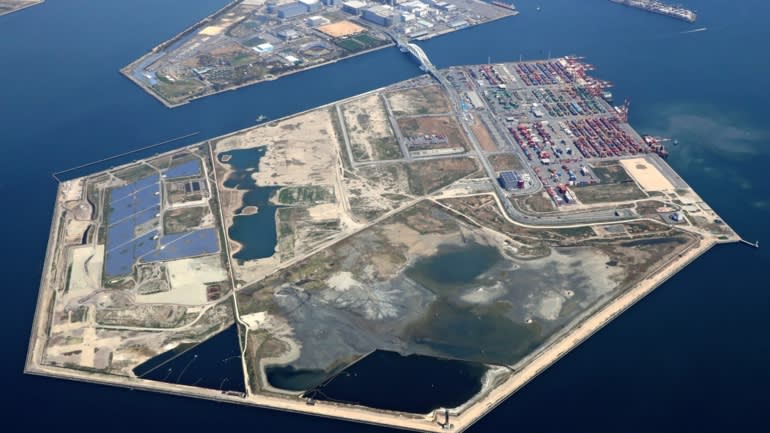
Expo organisers say the structure is intended to symbolize “one sky” and create a “connection” between participating countries. Son Fujimoto Architects is developing it in collaboration with fellow Japanese studios Tohata Architects & Engineers and Azusa Sekke.
Now, after fairs stretching back to 1851 that have given the world monuments from the Eiffel Tower in Paris to the Space Needle in Seattle, government officials and community leaders have grown sceptical that the world still needs such events.
Yet, held every five years, the Expo attracts bids from cities like South Korea’s Busan, Rome and Saudi Arabian capital Riyadh, which won the right to stage the 2030 edition.
It remains to be seen what exactly will be presented at Expo 2025. The event, organised by the Japan Association, boasts the thematic slogan ‘Designing Future Society for Our Lives’ and aims to showcase cutting-edge technologies, including flying cars … and huge timber structures.
- To learn more about the Giant Ring, click here for Wood Central’s special feature.



